Refiguring The Future Exhibition, New York City, 2019
Exhibition: February 8, 2019—March 31, 2019 Hunter College Art Galleries, New York, NY
Refiguring the Future is organized by Eyebeam and REFRESH in collaboration with Hunter College Art Galleries.
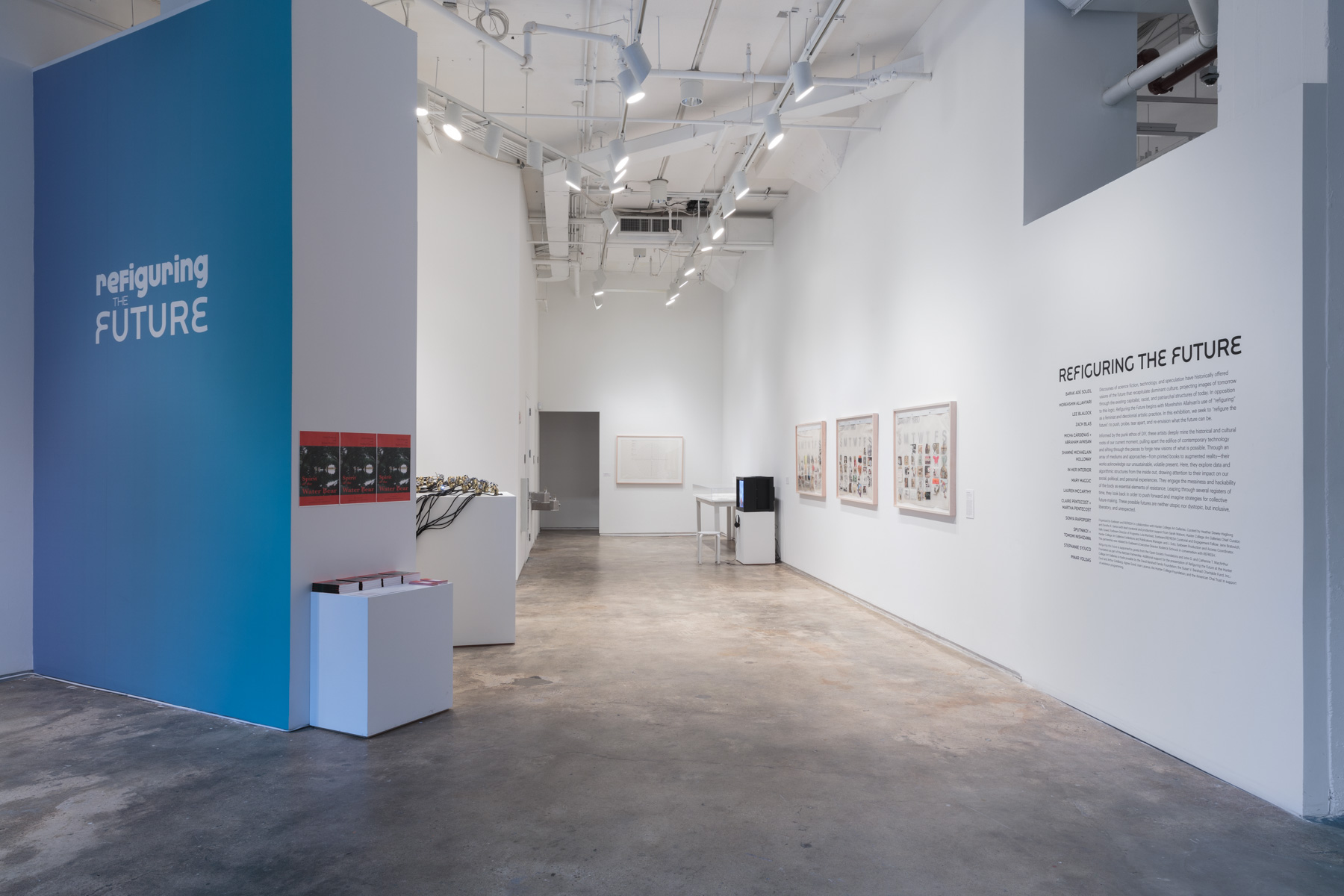
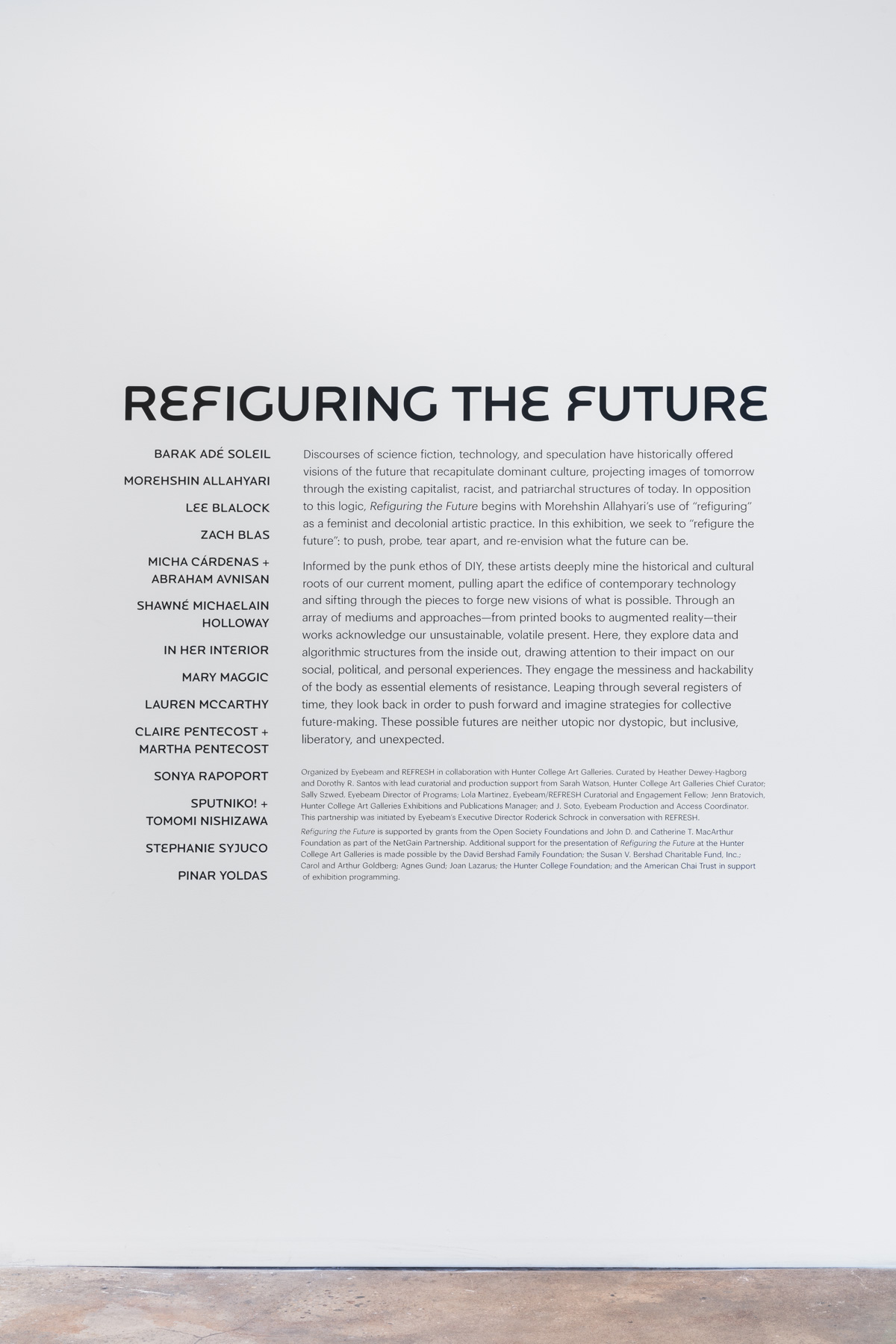
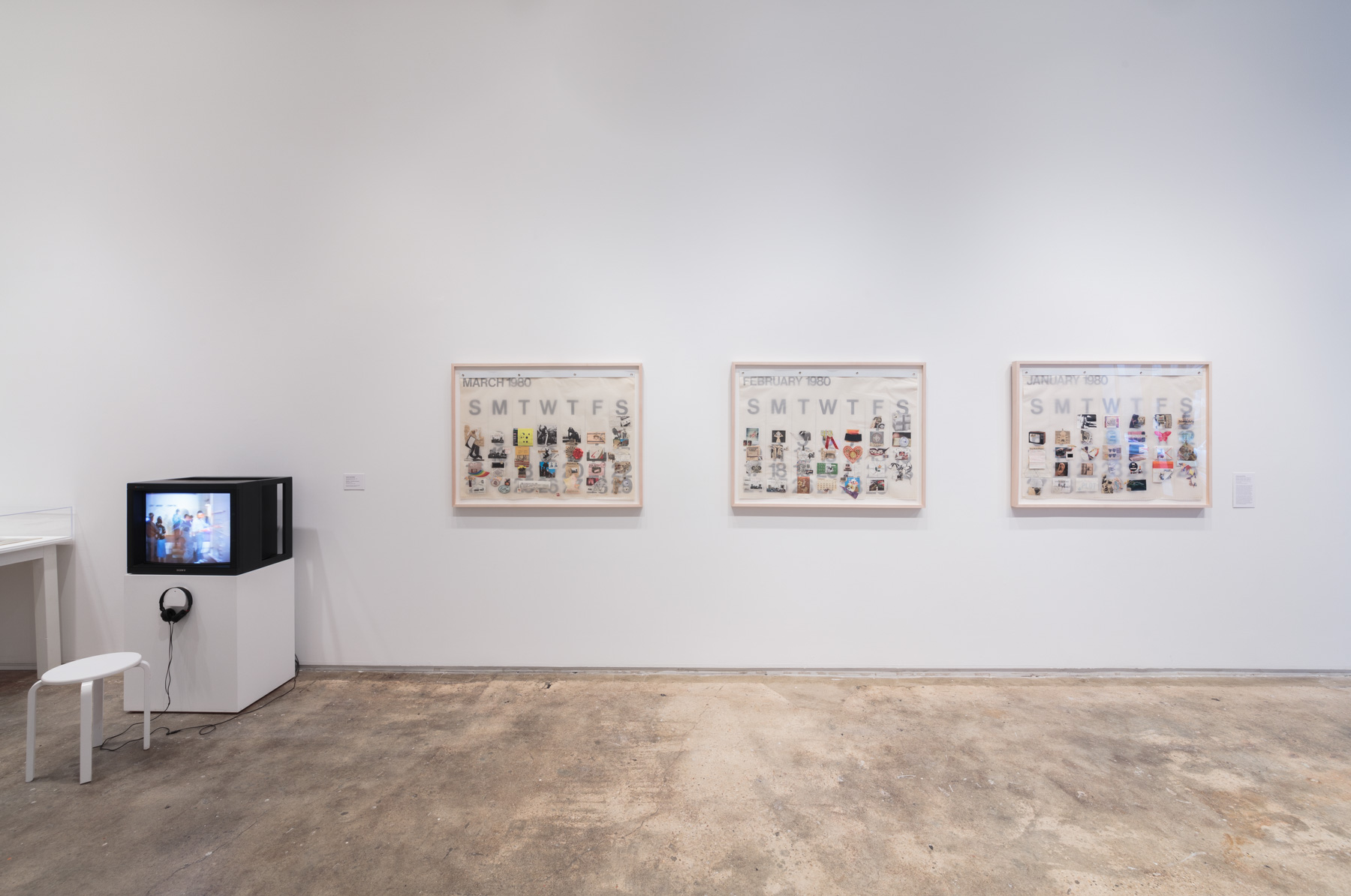




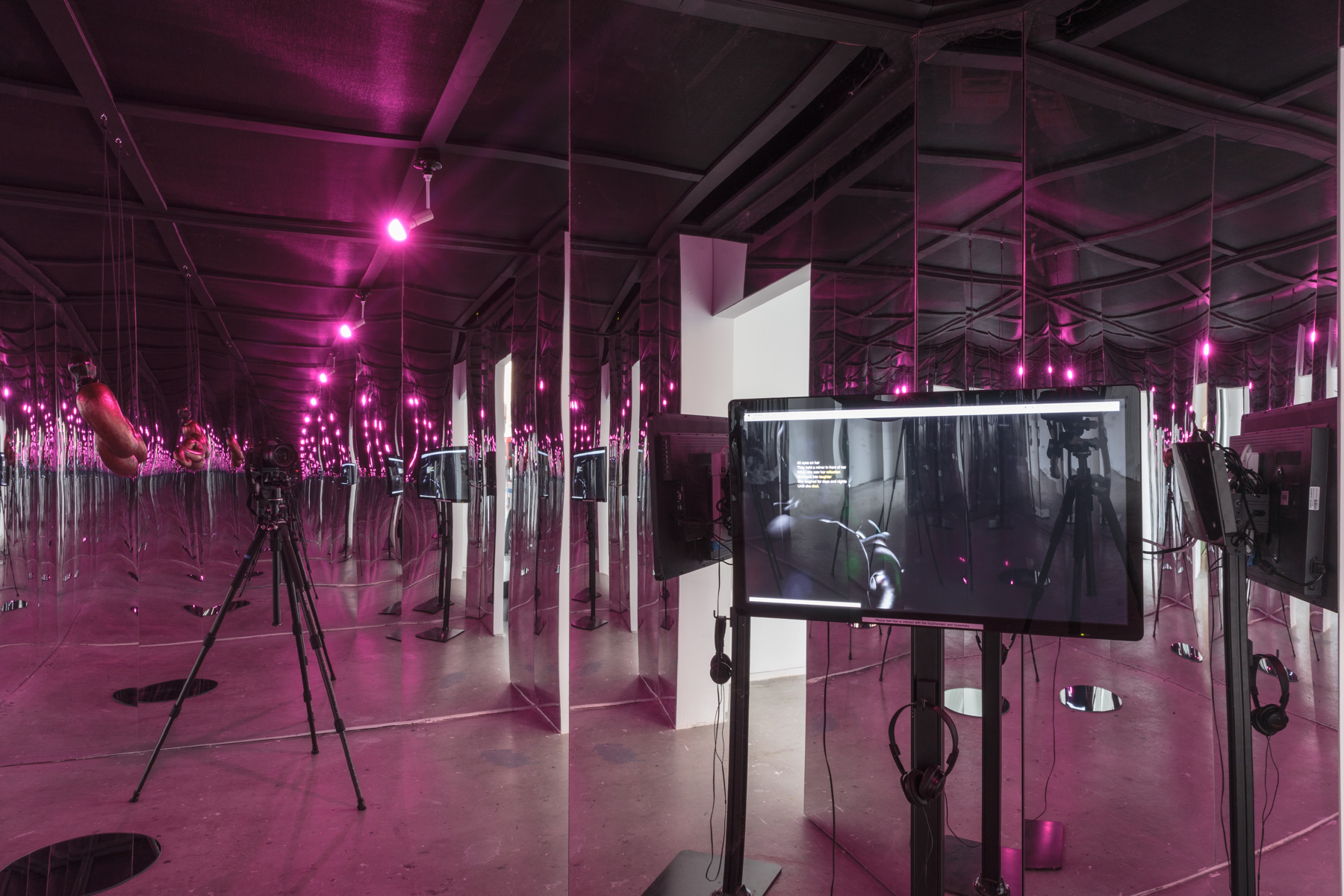
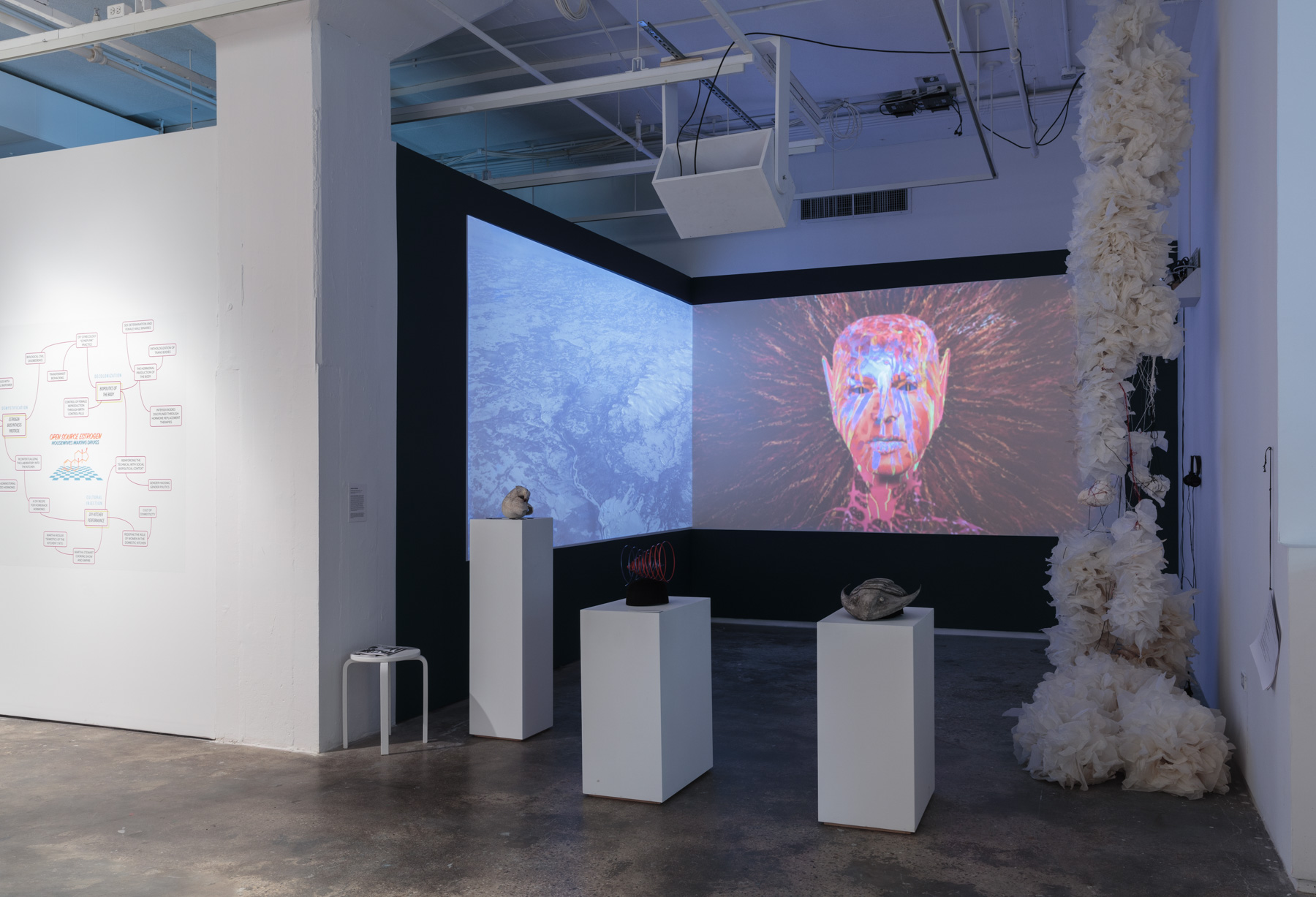

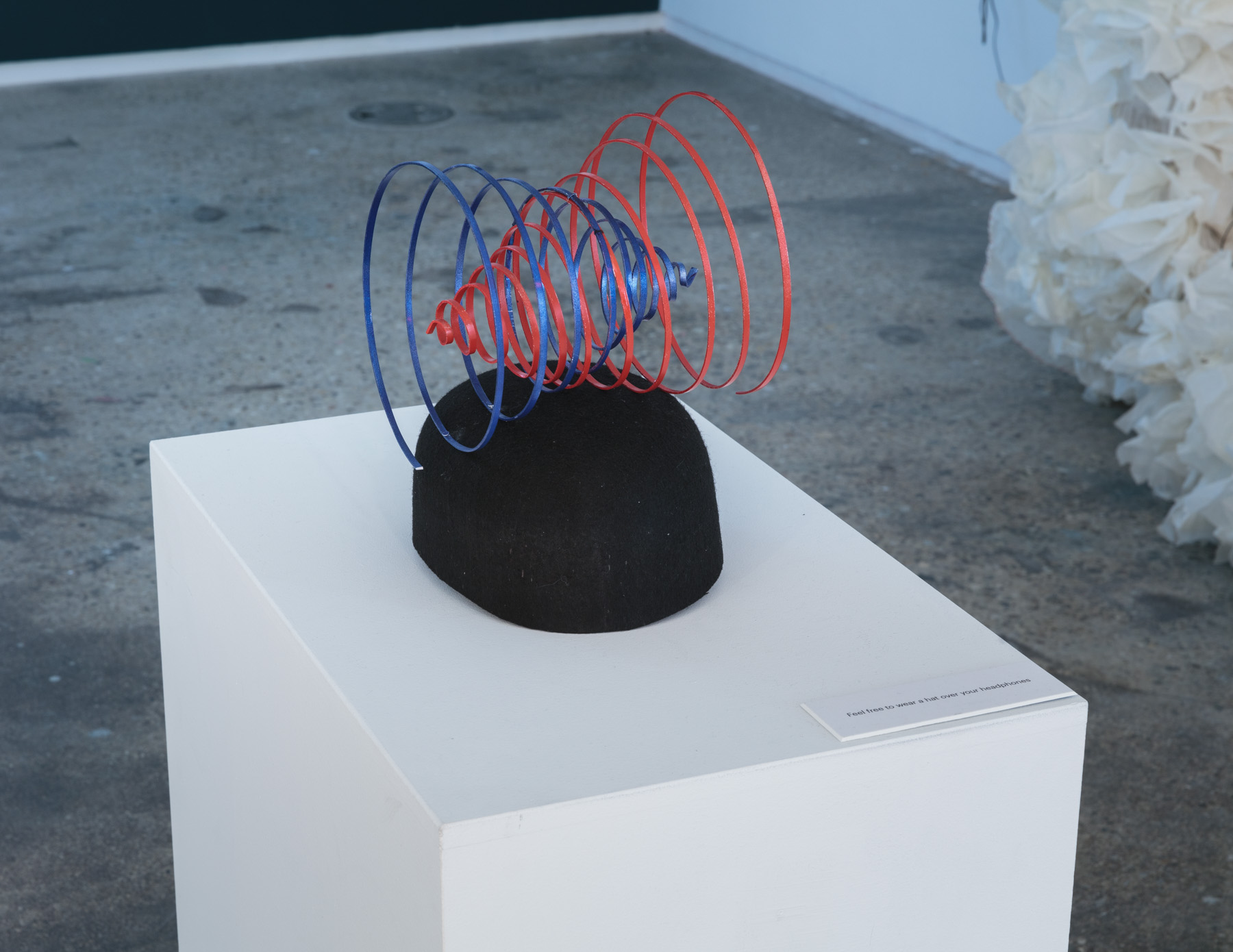
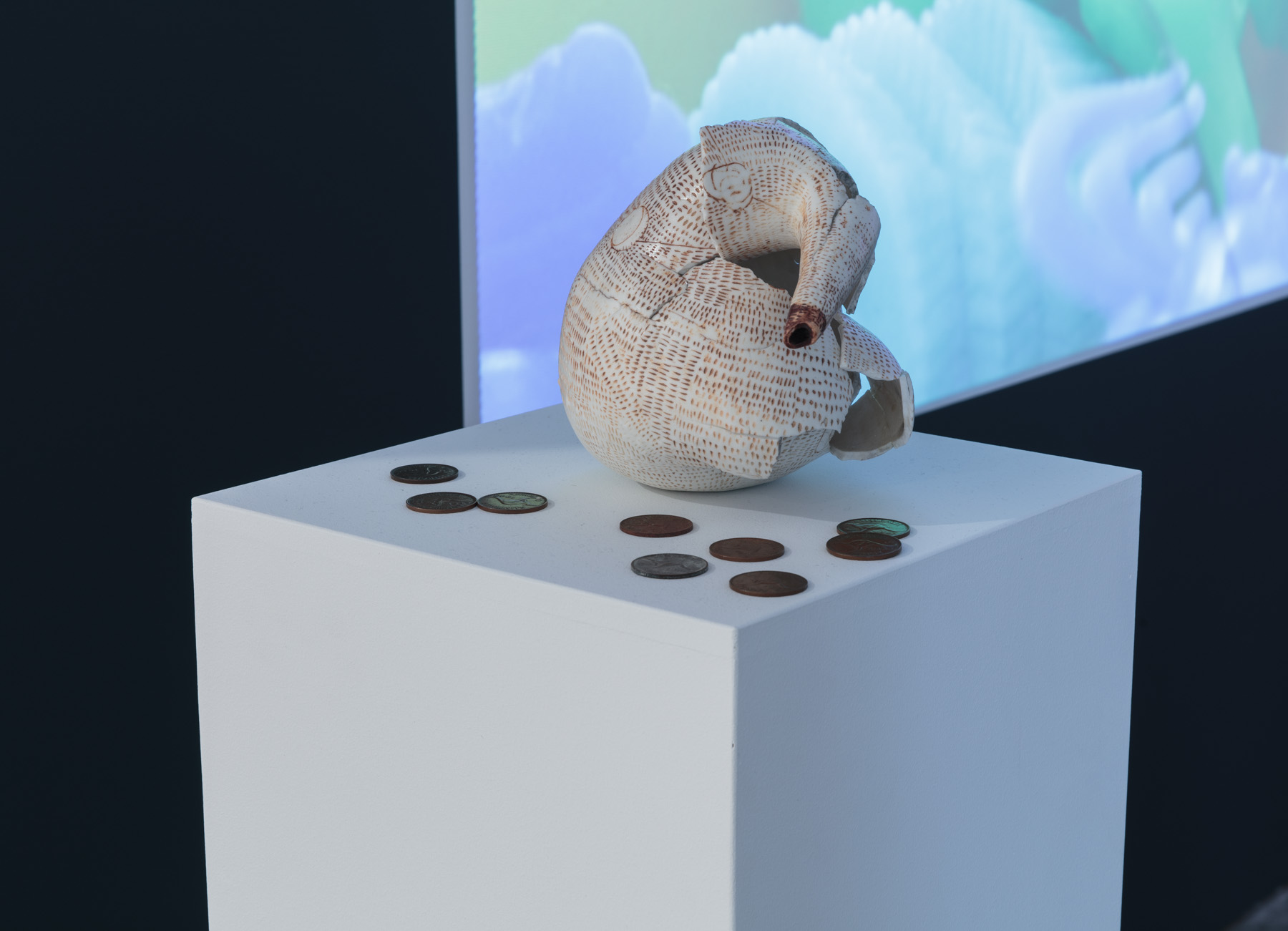
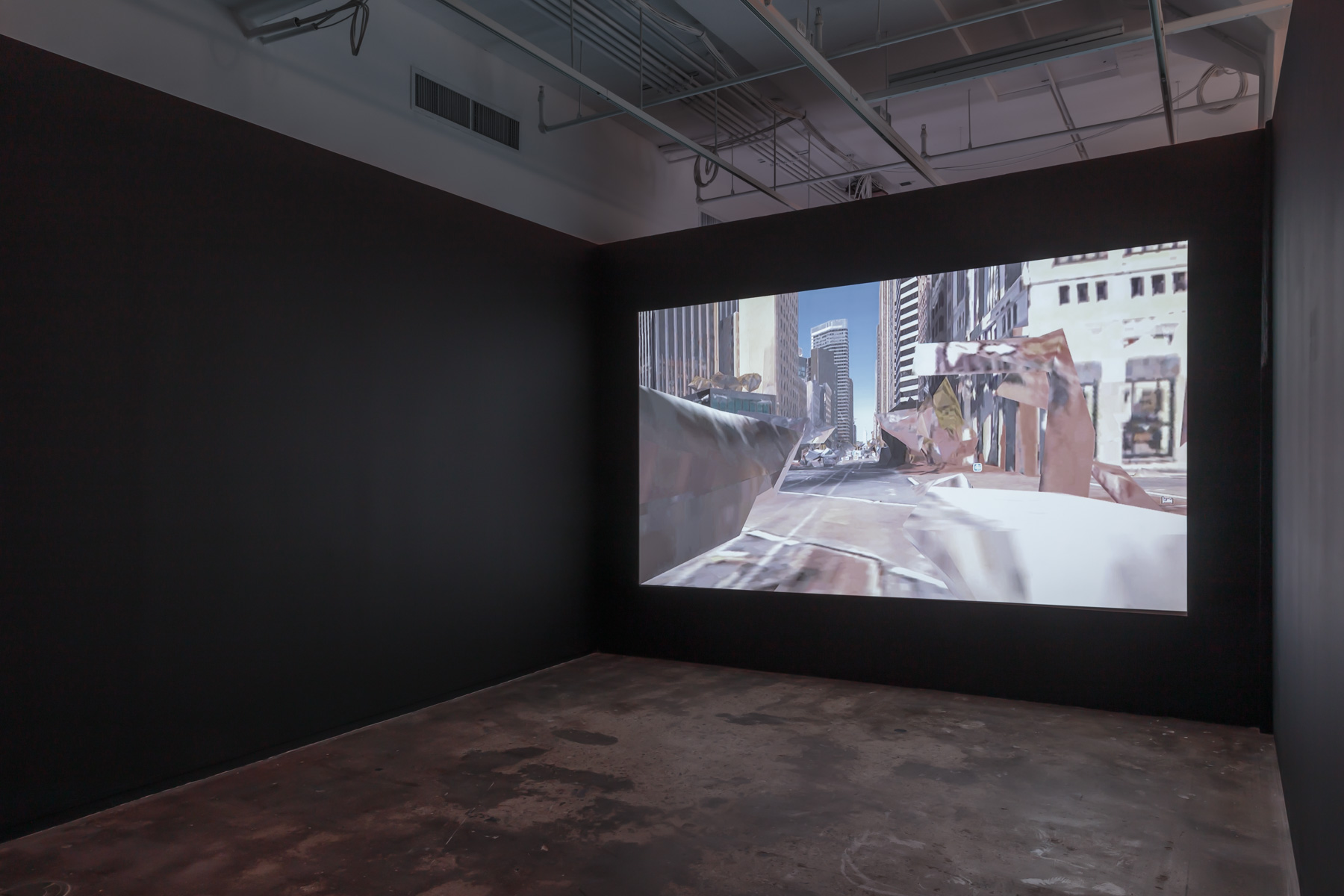
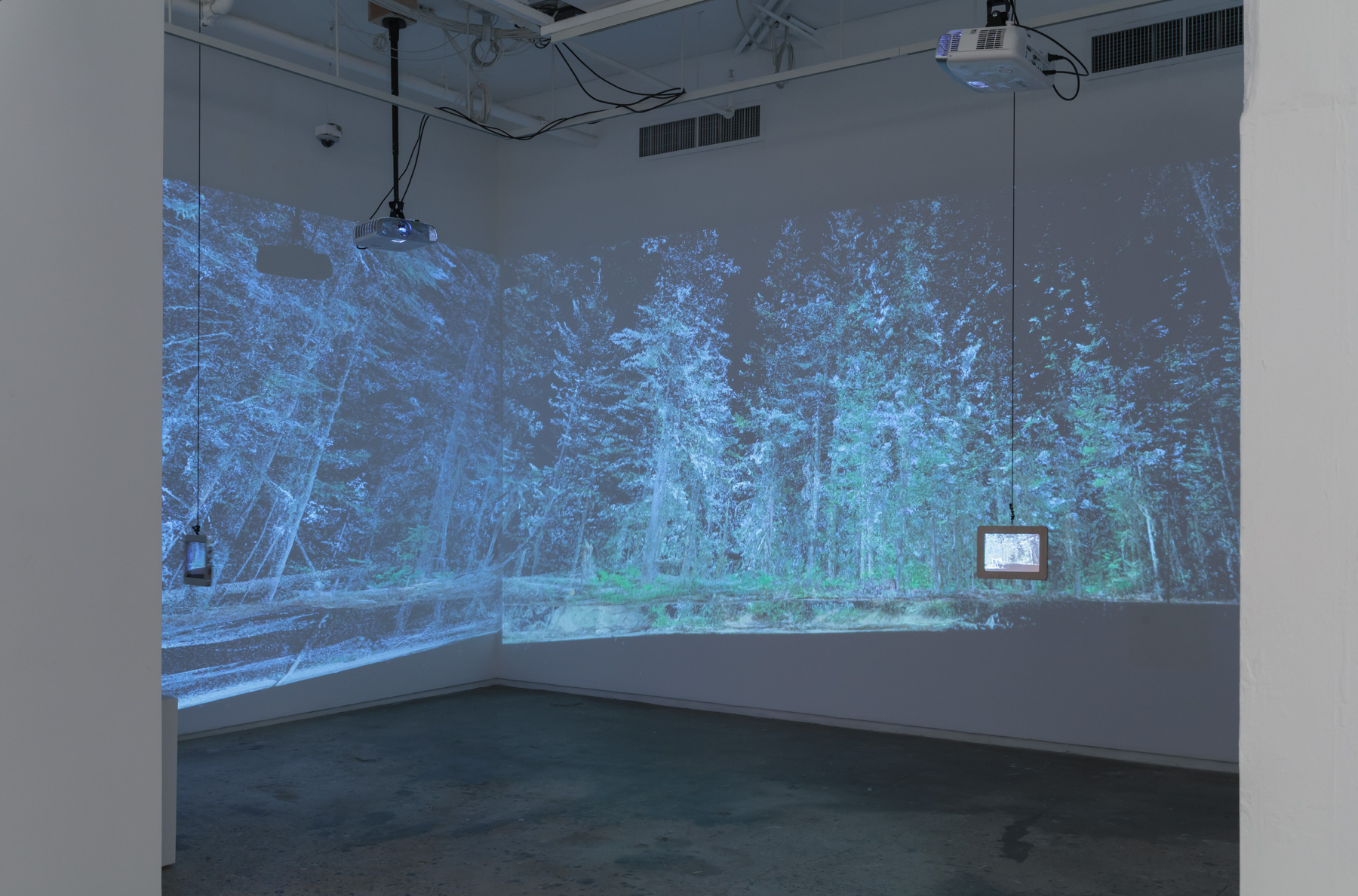
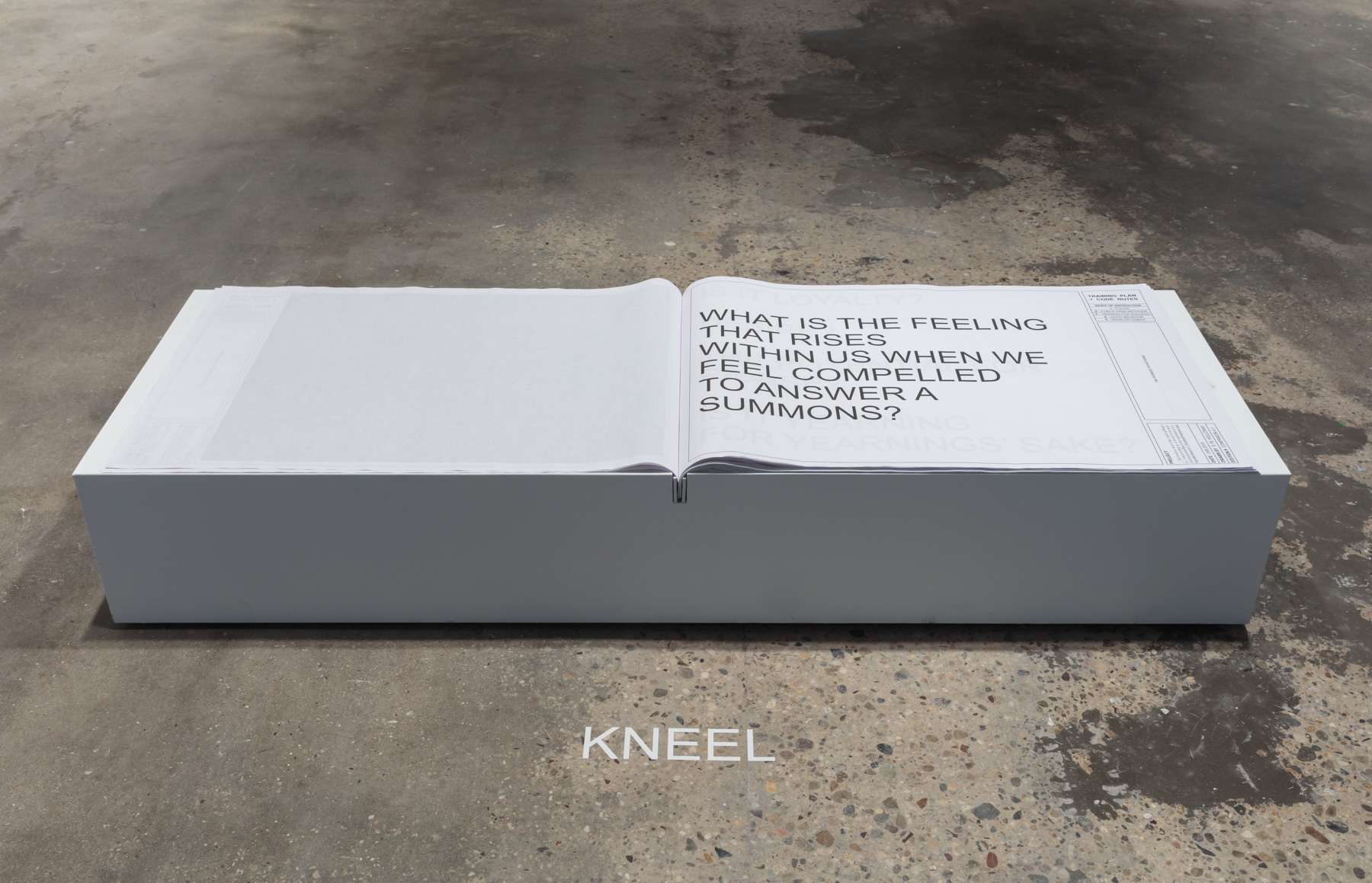
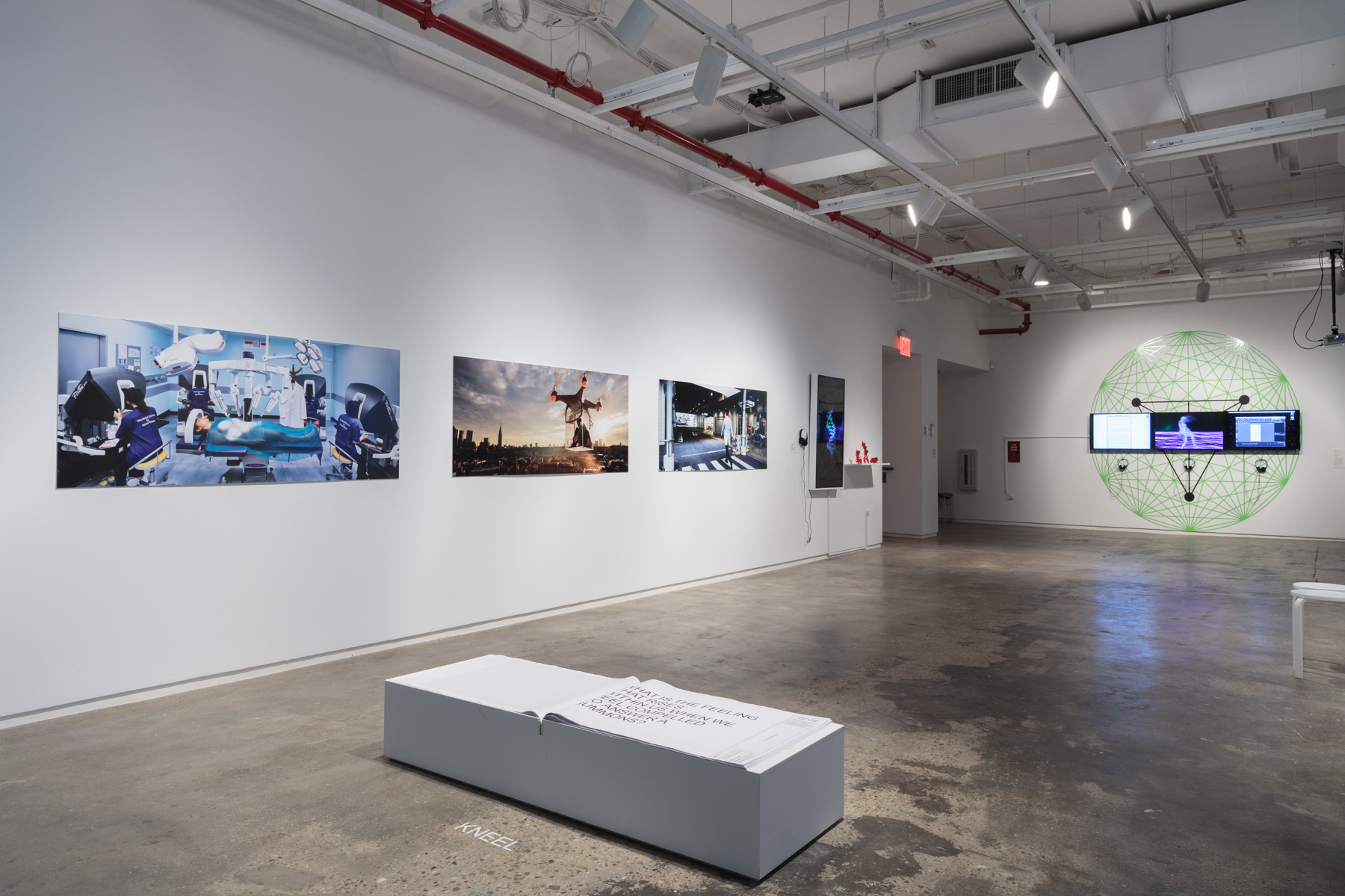
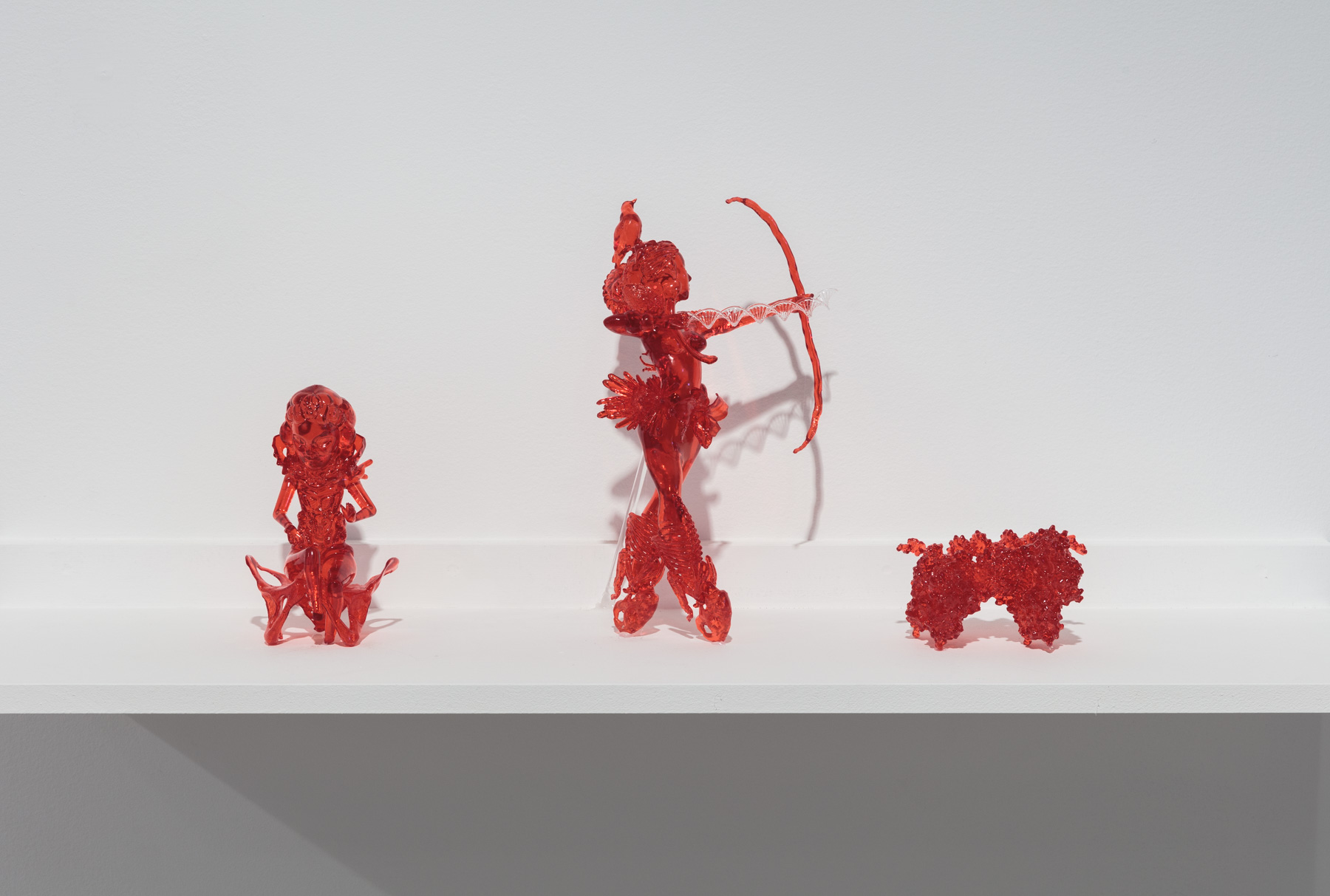
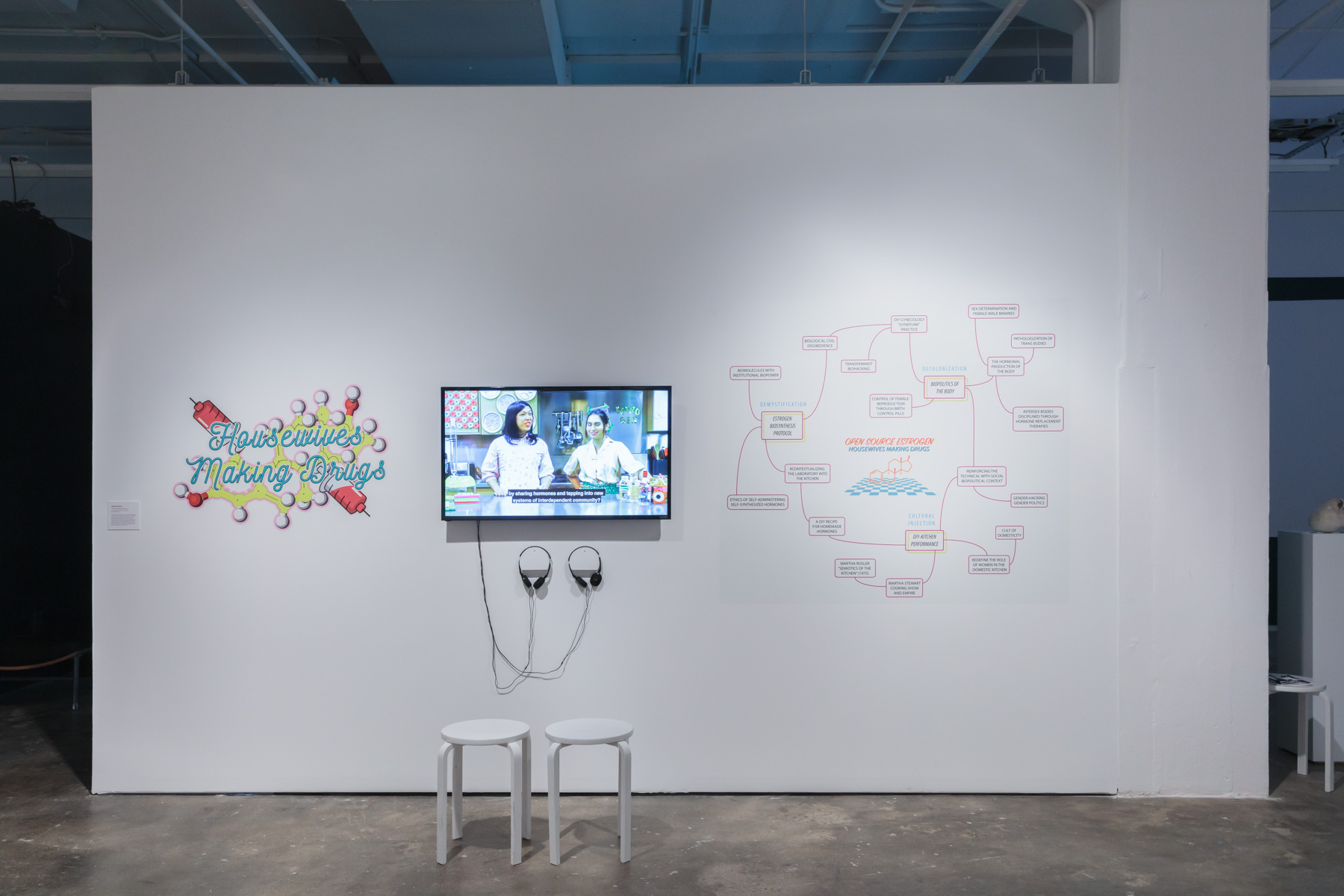
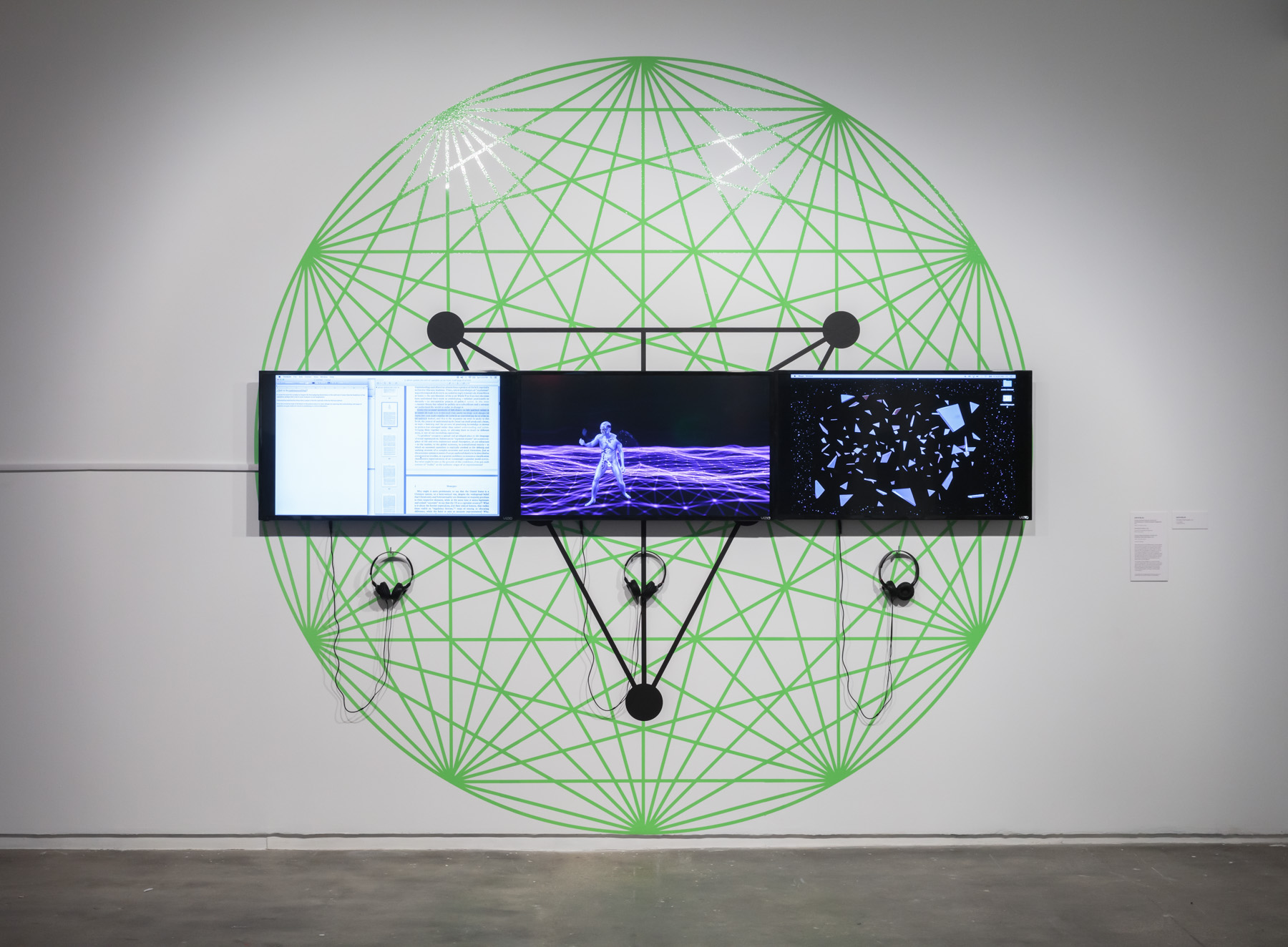
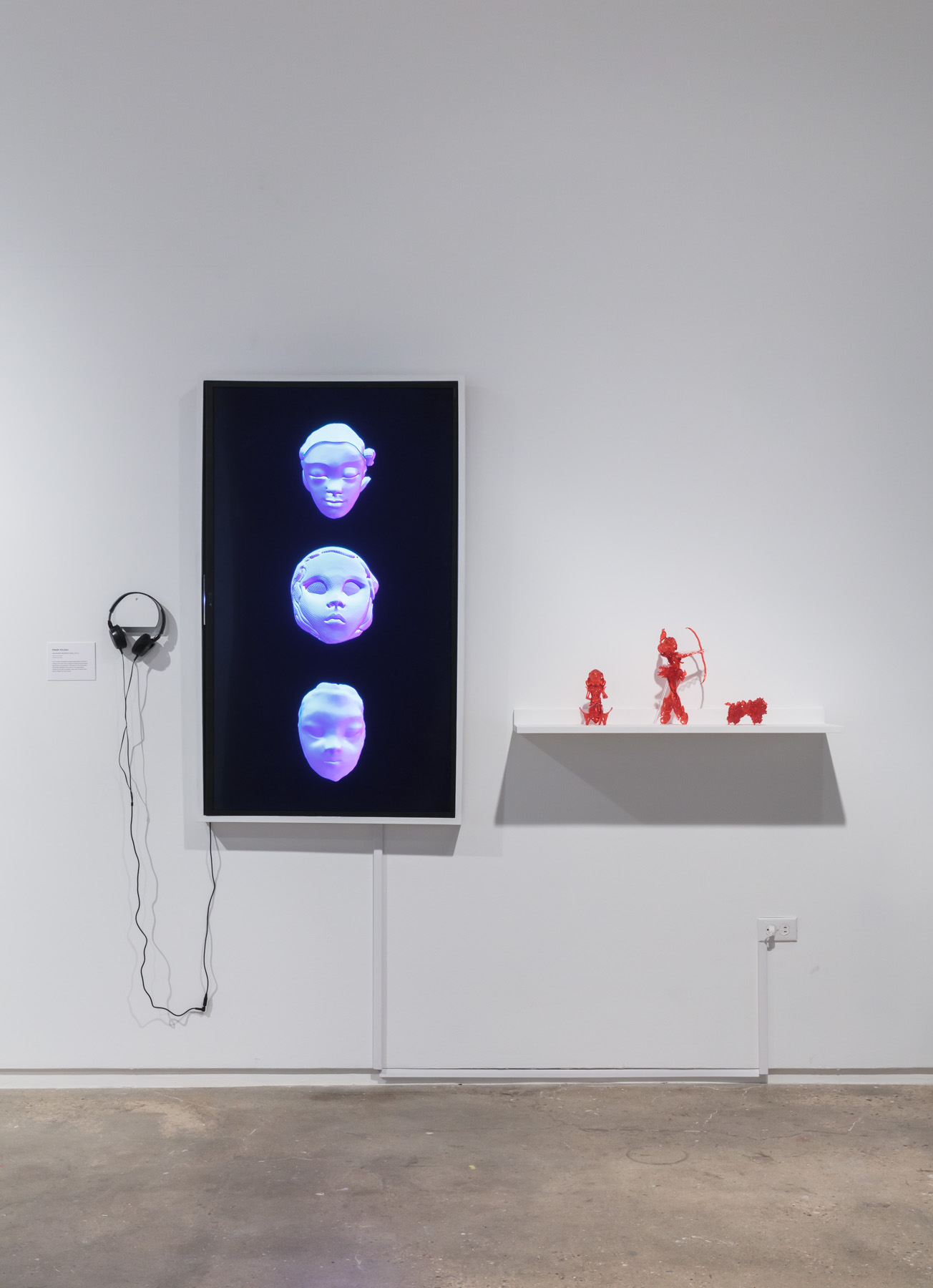
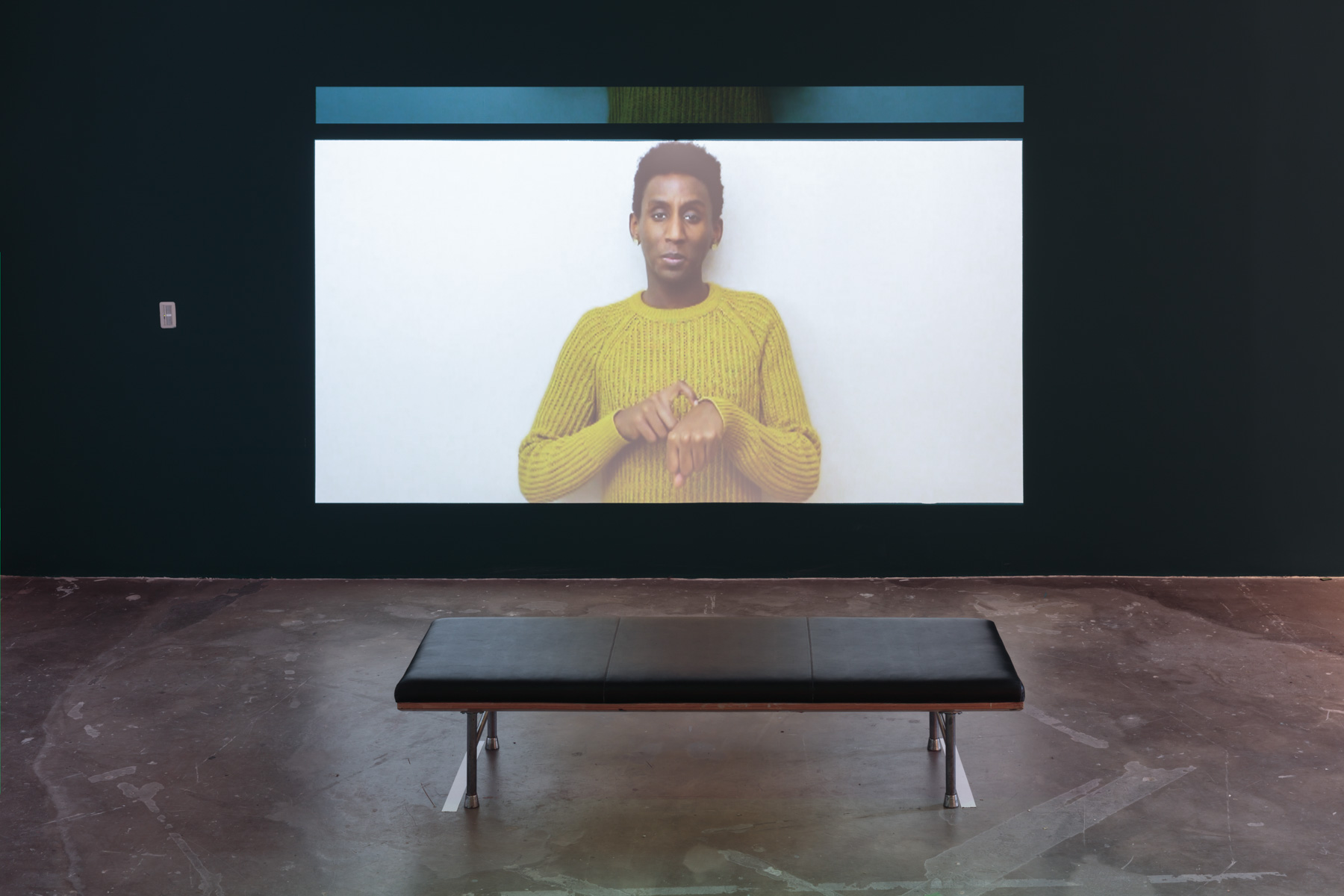
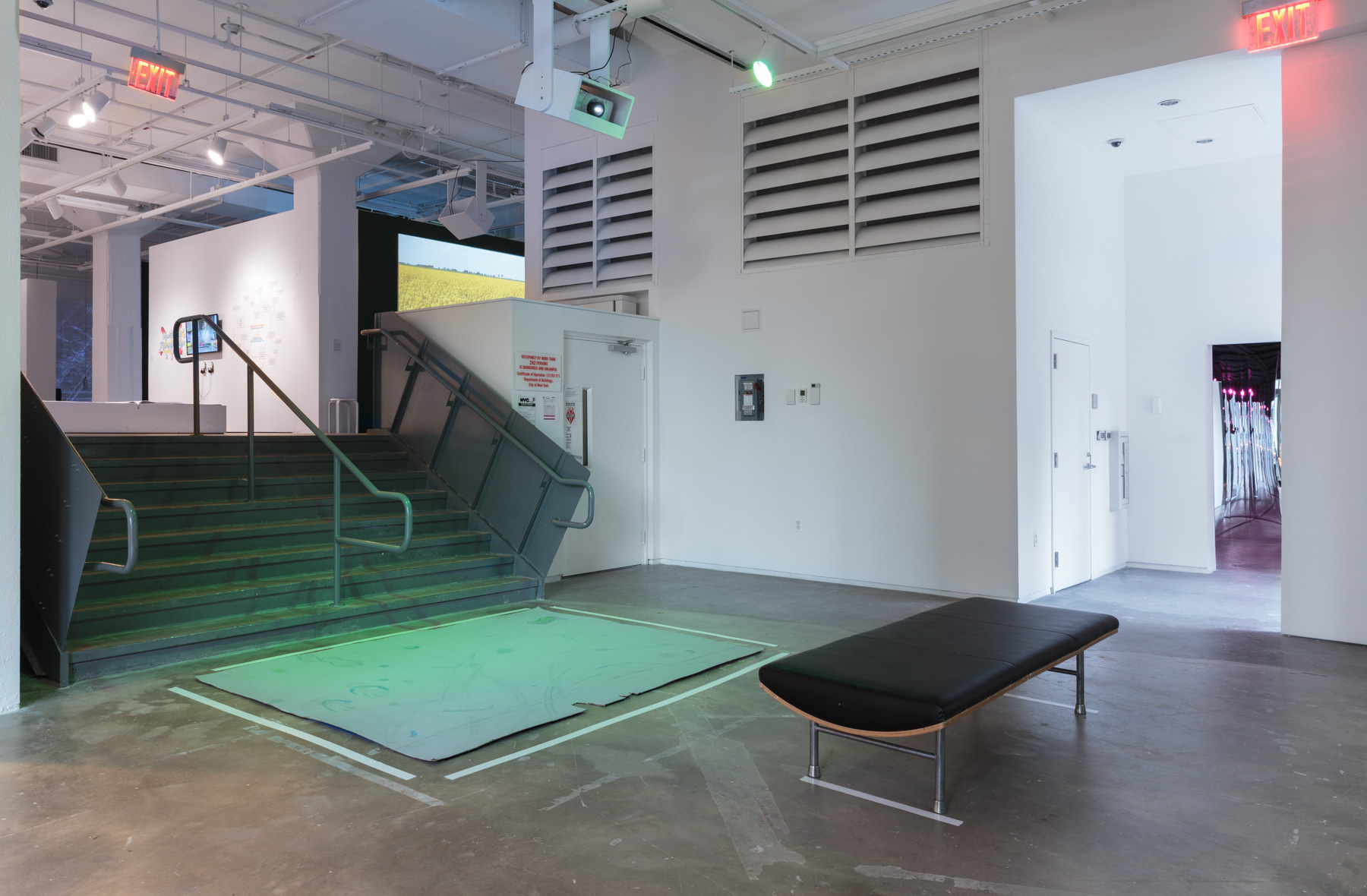
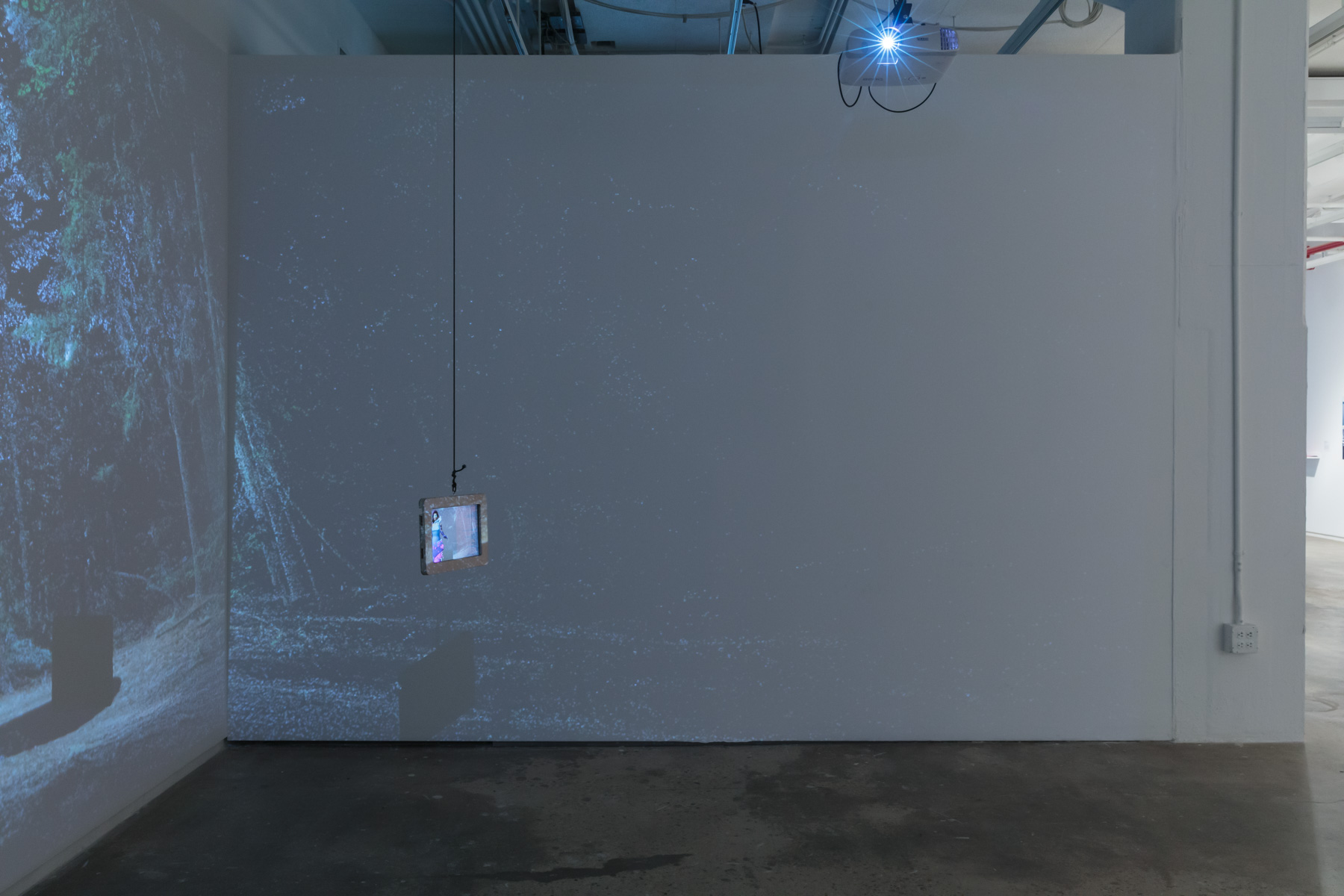
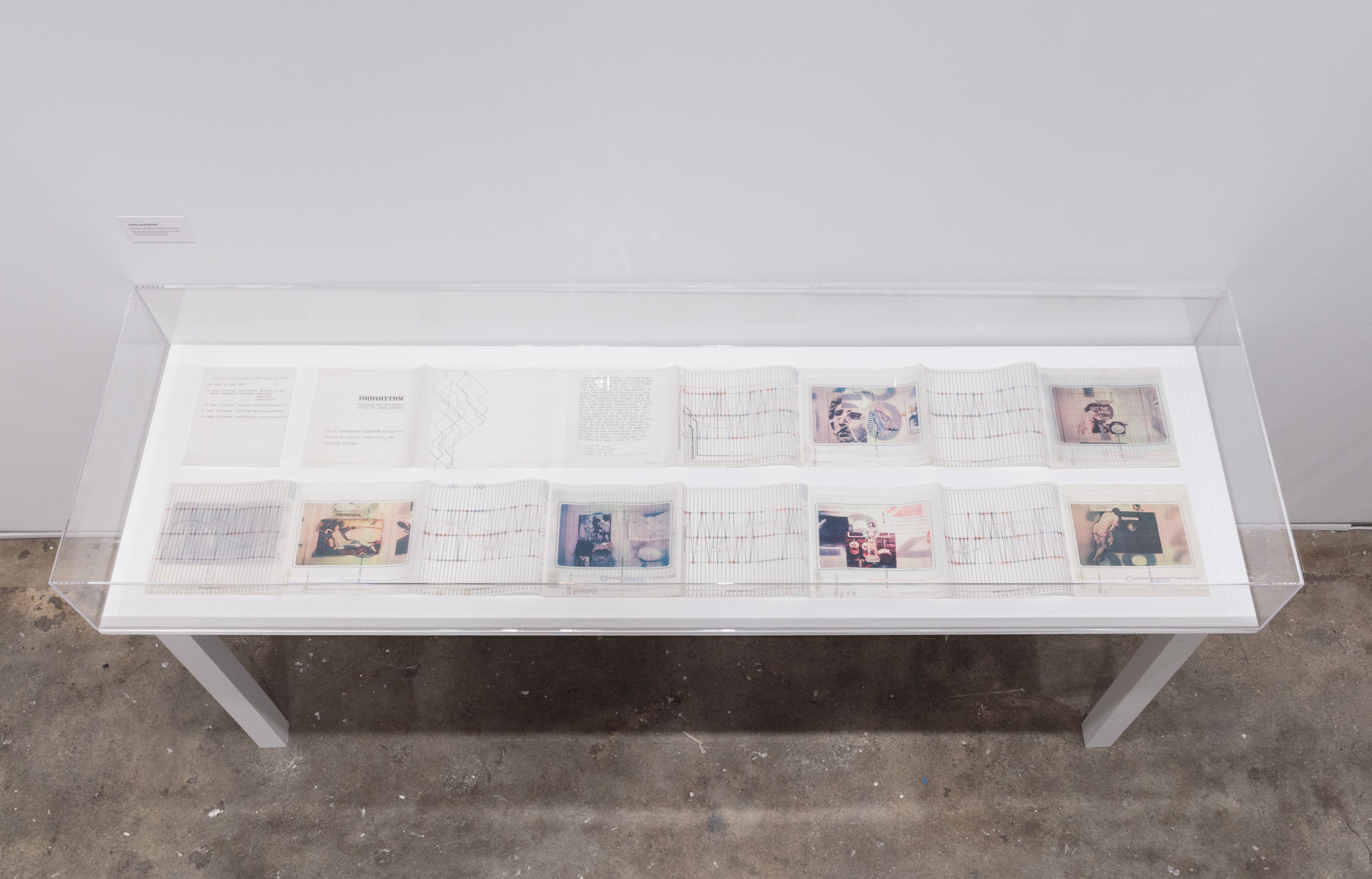
Curatorial Statement
By Heather Dewey-Hagborg and Dorothy R. Santos
Discourses of science fiction, technology, and speculation have historically offered visions of the future that recapitulate dominant culture, projecting images of tomorrow through the existing capitalist, racist, and patriarchal structures of today. Interested in rupturing these systems, Refiguring the Future is inspired by artist Morehshin Allahyari’s use of “refiguring” as a feminist, decolonial, and activist practice. In this exhibition, we seek to “refigure the future”: to push, probe, tear apart, and re-envision what the future can be. Looking beyond the status quo, we sought out feminist, queer, decolonial, anti-racist, and anti-ableist artists concerned with our technological and political moment. Informed by the punk ethos of DIY, the artists in Refiguring the Future deeply mine the historical and cultural roots of our current moment, pull apart the artifice of contemporary technology, and sift through the pieces to forge new visions of what is possible. Working across an array of mediums and approaches—from analog books to augmented reality (AR)—these artists address and examine a tumultuous present in order to produce a more inclusive future. Artist Zach Blas points out that “like capitalism, the internet has come to exist as a totality, with no outside, no alternative, no ending.” Refiguring the Future begins by acknowledging that our current techno-political position is one of learned helplessness. This technological and political condition feels impossible to overcome; this position of powerlessness is perpetuated by the structural dominance of white, heteronormative, patriarchal perspectives.
Refiguring the Future aims to offer new ideas to break out of the seemingly inescapable. Blas’ video Contra-Internet Inversion Practice #3: Modeling Paranodal Space explodes the network graph that commonly depicts the web, suggesting how other modes of interaction and connection are both possible and necessary. Morehshin Allahyari’s work critiques digital colonialism, pulling elements from Iranian mythology to craft a new feminism through “practices of magic and poetic-speculative storytelling.” Using tools of digital scanning and fabrication, Allahyari fashions new bodies and narratives inspired by ancient mythological figures. In Her Interior (comprised of Virginia Barratt and Francesca da Ramini) works with constraint-based methodologies to create open systems of production aiming to decolonize authorship and prioritize more holistic ways of “doing-with-others.” Data visualization is an important point of departure for Refiguring the Future, both as an artistic practice and as a way of seeing like the machine.
To understand the social impact of contemporary algorithmic structures, we must first understand how data is represented and analyzed. Works by Sonya Rapoport—a groundbreaker of new media work whose experiments with gathering, processing, and representing data began in the 1970s—are the oldest in the exhibition. Her Biorhythm works (1980-84) translate data Rapoport collected on her physical and emotional states into both plotter-based graphs and visual icons. Meanwhile, Stephanie Syjuco frames a continuity between the historic medium of film and the contemporary medium of code by remaking the Miles Brothers’s 1906 short film A Trip Down Market Street through a digital composite of images as seen via Google Earth Vision. Lauren McCarthy’s work similarly invites the viewer to critically engage with technologies that have become commonplace and to question how they are impacting our humanity. Her new work, SOMEONE, examines home automation such as Amazon’s Alexa, and how the intimate surveillance this service entails stems from a desire to be seen and cared for. By placing us in the position of the algorithmic agent, McCarthy invites us to understand automation from the inside out. In most technological discourse, the body is missing—either accidentally, as an insignificant detail, or intentionally, as a shell to be surpassed.
Refiguring the Future positions the diversity of bodies as indispensable and explicitly engages the messiness and hackability of the body as an essential substrate of culture. Barak adé Soleil’s work centers disabled bodies by sharing his experience of navigating physical disability, staging performative interventions that bring visibility both to his own body and to the built environment. Mary Maggic imagines a future in which open-source hormones can be synthesized in the safety and comfort of a home kitchen, while Pinar Yoldas’s sculptural works probe the scientific and ethical limits of human genetic modification and reproductive technology. Sputniko! and Tomomi Nishizawa’s photographs depict a fictional university in which female medical students engineer “perfect male doctors”—parodying the overt sexism of higher education in Japan.
Lee Blalock’s installation transforms the function of breathing into a performative, sculptural, and meditative act in order to question the dichotomy between technology and nature—demonstrating a form of personal and perhaps transcendental technological practice. Inspired by Donna Haraway’s writing in The Companion Species Manifesto: Dogs, People, and Significant Otherness, shawné michaelain holloway presents a score for BDSM acts, requiring the viewer to kneel in submission in order to engage with the work. To refigure the future requires acknowledging our existence in an, unsustainable present.
In Claire and Martha Pentecost‘s young adult novel, a 15-year-old activist urges her community to acknowledge the devastation already caused by climate change in coastal South Carolina. micha cárdenas and Abraham Avnisan use augmented reality to allow gallery visitors to see from the perspective of a transgender Latinx artificial intelligence character as they navigate a landscape transformed by climate change.
Together, these artists provide a starting point for conversation and future-making.
They offer a view of both the present and the future that is not ordinarily visible—one that is inclusive, diverse, and filled with a multitude of bodies and vantage points. Their views are neither utopic nor dystopic, but rather engaged with the complexities of lived experience. With this, we begin to move beyond a discourse of despair and inevitability, beyond a discussion of the end of history or the end of novelty.
Refiguring the Future aims to inspire new avenues for thought and encourage the collective construction of new paths forward, ones that are inclusive, forward-thinking, and unexpected. The exhibition presented 11 new works alongside re-presented immersive works by feminist, queer, decolonial, anti-racist, and anti-ableist artists concerned with our technological and political moment including:
Barak adé Soleil
Morehshin Allahyari
Lee Blalock
Zach Blas
micha cárdenas + Abraham Avnisan
In Her Interior (Virginia Barratt + Francesca da Rimini)
Mary Maggic
Lauren McCarthy
shawné michaelain holloway
Claire Pentecost + Martha Pentecost
Sonya Rapoport
Sputniko! + Tomomi Nishizawa
Stephanie Syjuco
Pinar Yoldas
Refiguring the Future is curated by Heather Dewey-Hagborg and Dorothy R. Santos with lead curatorial and production support from Sarah Watson, Chief Curator Hunter College Art Galleries, Sally Szwed, Director of Programs Eyebeam, Lola Martinez, Eyebeam/REFRESH Curatorial and Engagement Fellow, and J. Soto, Production & Access Coordinator Eyebeam.
Refiguring the Future is supported by grants from the Open Society Foundations and John D. and Catherine T. MacArthur Foundation as part of the NetGain Partnership. Additional support for the presentation of Refiguring the Future at the Hunter College Art Galleries is made possible by the David Bershad Family Foundation, the Susan V. Bershad Charitable Fund, Inc., Carol and Arthur Goldberg, Agnes Gund, Joan Lazarus, and the Hunter College Foundation.
